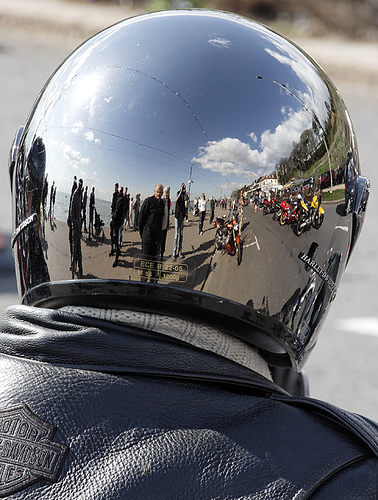Tech spec
I’ve never thought that going into the nitty-gritty of all the settings used when taking a photo is particularly interesting or helpful in most cases. There are some instances where you might wonder: “How did they do that?” On the whole, though, I don’t really see that it matters in the slightest whether the shutter speed was 1/250th or 1/500th. But I know that some people do find the detail interesting, so just for them, the facts and figures for Southend Shakedown are…
Camera: Canon EOS 350D.
A more than worthy replacement for the Canon A1, my camera of choice for the previous two decades. It remains to be seen whether the body is quite as robust as the A1 though.
Lens: Tamron 18-200mm XR Di_II LD.
Although a zoom with such a wide range is bound to compromise some image quality, the convenience of carrying one lens rather than two or more outweighs the disadvantages (at least until I can afford a Canon 17-40mm L and am convinced you can see the better quality with the naked eye).
ISO: 400.
I always used ISO 400 film in the A1, preferring to suffer a little grain than have to use a tripod if the light was marginal. The 350D is widely reckoned to be virtually noise free at ISO 400, so I see no need to break the habit of a lifetime.
Exposure mode: Aperture priority.
A fairly recent switch for me.
Way back when, the biggest single factor (apart from cost) for choosing Canon was that they offered shutter-priority automatic exposure and Nikon didn’t. Using the old guide that the slowest “safe” speed for hand-held shooting was the reciprocal of the focal length, I knew that if the shutter was set to 1/250th then I shouldn’t have to worry about camera shake when using my Vivitar 70-210mm Series 1 (which in those days was the lens that saw most action).
Because I’ve read a couple of reviews that suggest that the Tamron is a little soft when used wide open, then, providing it’s pretty bright, I tend to use aperture priority more now, to keep the lends stopped down to f11 (ideally) or f8 (at least).
Focal length: 200mm.
The finished image has only been cropped by a whisker, so is pretty much full frame.
Shutter speed: 1/160th sec.
A little slow for my liking with the zoom at full stretch. But I had to work quickly, so had better things to think about than opening the aperture to shorten the shutter speed.
Aperture: f11.
White balance: Auto.
The EXIF data says the colour temperature was 4850K.
Colour space: Adobe RGB.
Post-processing: The RAW file was converted to a 16-bit TIFF with DxO Optics Pro 3.5 and then edited in Photoshop.

